Herbal Tea Gardens: How To Use Tea Plants For A Garden
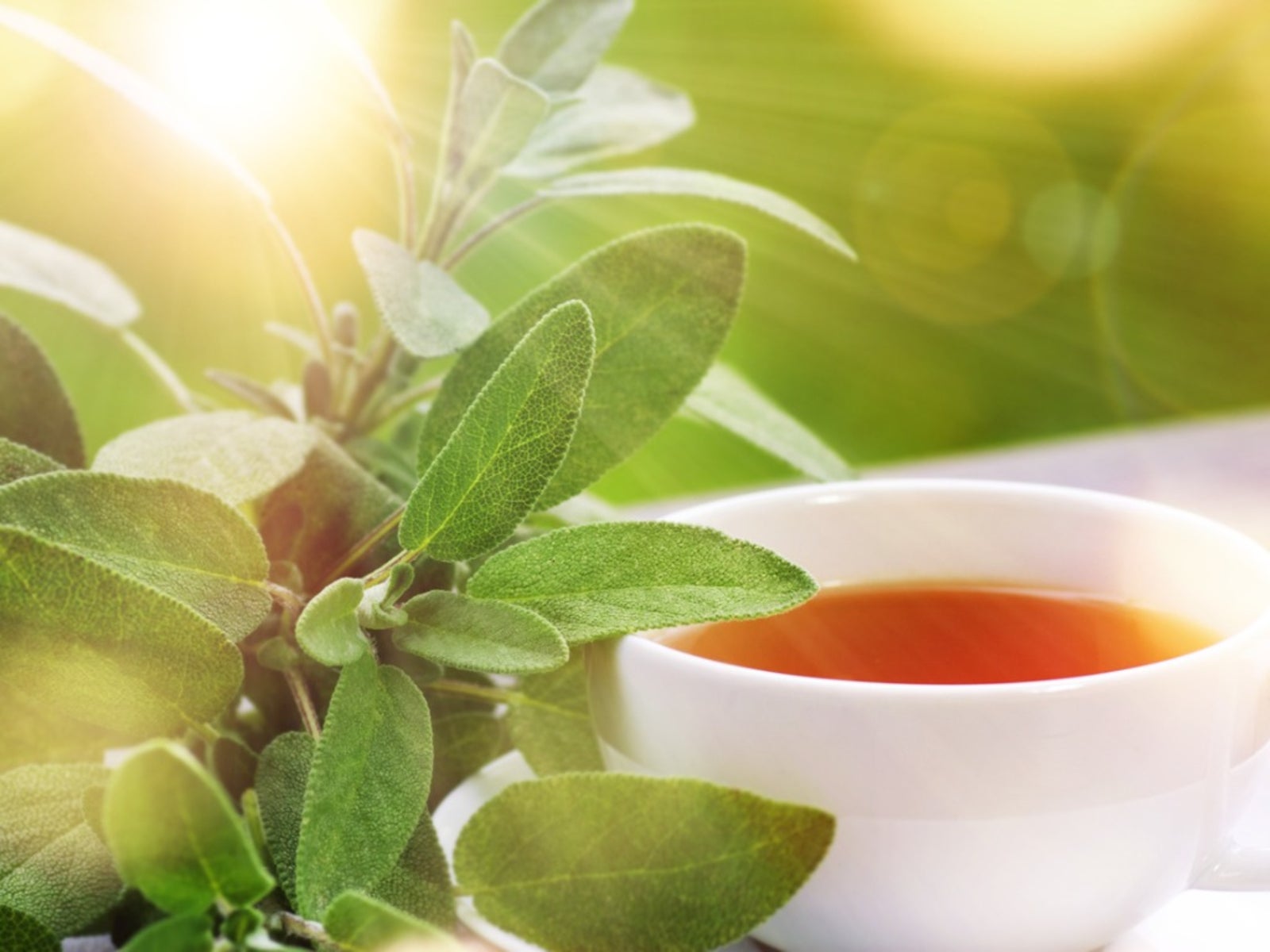

Herbal tea gardens are a great way to enjoy your favorite teas straight from the garden—your own garden. It's easy to learn how to make tea gardens and there are numerous tea plants for a garden from which to choose.
What is a Tea Garden?
So what is a tea garden? A tea garden is a place to grow your favorite herbs for tea, and much more. Tea herbs are visually appealing and delightfully fragrant. Even birds and butterflies delight in the seeds and nectars that the plants produce. Your tea garden will allow you to sit among these beautiful creatures while enjoying your herbal tea creations.
Tea Plants for a Garden
Use your favorite tea herb plants to create your unique tea garden design. To help you get started, here are a few tea plants for a garden that will bring you fresh, delightful herbs cup after cup, year after year.
- Mint is one plant that no tea garden should be without. It is refreshing whether served cold or hot and blends well with other herbs. Try it with tarragon for a robust tea. Mint is an invasive plant that will take over the garden if given a chance. To keep it in check, grow mint in containers.
- Catnip is a member of the mint family that should be grown in containers to control its invasive tendencies. Try to place the containers out of reach of cats that will enjoy playing in it.
- Rosemary is a delightfully fragrant herb that makes a soothing tea. It grows as a perennial in warm climates. In cool areas, cut a few sprigs and root them indoors over winter.
- Lemon balm is another tea herb that combines well with other flavors. It's easy to grow and survives neglect as long as you water it during prolonged dry spells. Southern tea drinkers that enjoy sweet tea will love lemon balm tea with a little honey.
- Lemon grass is spicier than lemon balm. It combines well with fruity flavors. The plant is a perennial in warm climates. Gardeners in cool climates can overwinter a clump indoors on a sunny windowsill.
- Bee balm (bergamot) is a native plant with a long history of use as a tea herb. The early colonists used it to make tea when taxes made traditional tea prohibitively expensive. Use both the flower and the leaves to make tea.
These are just a few of the herbs in a traditional herbal tea garden. Let your personal taste and preference guide you in choosing your plants.
How to Make Tea Gardens
When you begin making your tea garden design, plan so that you plant herbal tea gardens in a sunny location with well-drained soil. Choose a location that gets at least six hours of sunlight per day. If the soil is poorly drained, plant in a raised bed. Remove any grass or weeds in the area and dig the soil to loosen it. Spread a 2 inch (5 cm.) layer of compost or other organic material over the soil and dig it in to a depth of 6 to 8 inches (15-20 cm.). Now comes the fun part. Move your plants around the garden until you find an arrangement that appeals to you and then plant them. Make sure you give each plant plenty of space so the garden won't be overcrowded. The plant tags will tell you how far apart to space your plants. If you are planting against a fence or wall, plant taller plants closest to the structure and shorter plants toward the front.
Gardening tips, videos, info and more delivered right to your inbox!
Sign up for the Gardening Know How newsletter today and receive a free copy of our e-book "How to Grow Delicious Tomatoes".

Jackie Carroll has written over 500 articles for Gardening Know How on a wide range of topics.
-
 Types Of Tomatoes Explained: Explore The Many Wonderful Shapes, Colors, Flavors, & Best Uses
Types Of Tomatoes Explained: Explore The Many Wonderful Shapes, Colors, Flavors, & Best UsesThe world of tomato varieties is vast and fascinating. Learn about the key types to grow in your garden, tailored to your preferences and space.
By Amy Grant
-
 Try The Trend – Turn Any Bed Into A Keyhole Garden With This Clever In-Ground Composter
Try The Trend – Turn Any Bed Into A Keyhole Garden With This Clever In-Ground ComposterKeyhole gardening is an efficient and sustainable practice that saves space. Get started on this DIY project quickly and easily with an in-ground composter.
By Bonnie L. Grant
-
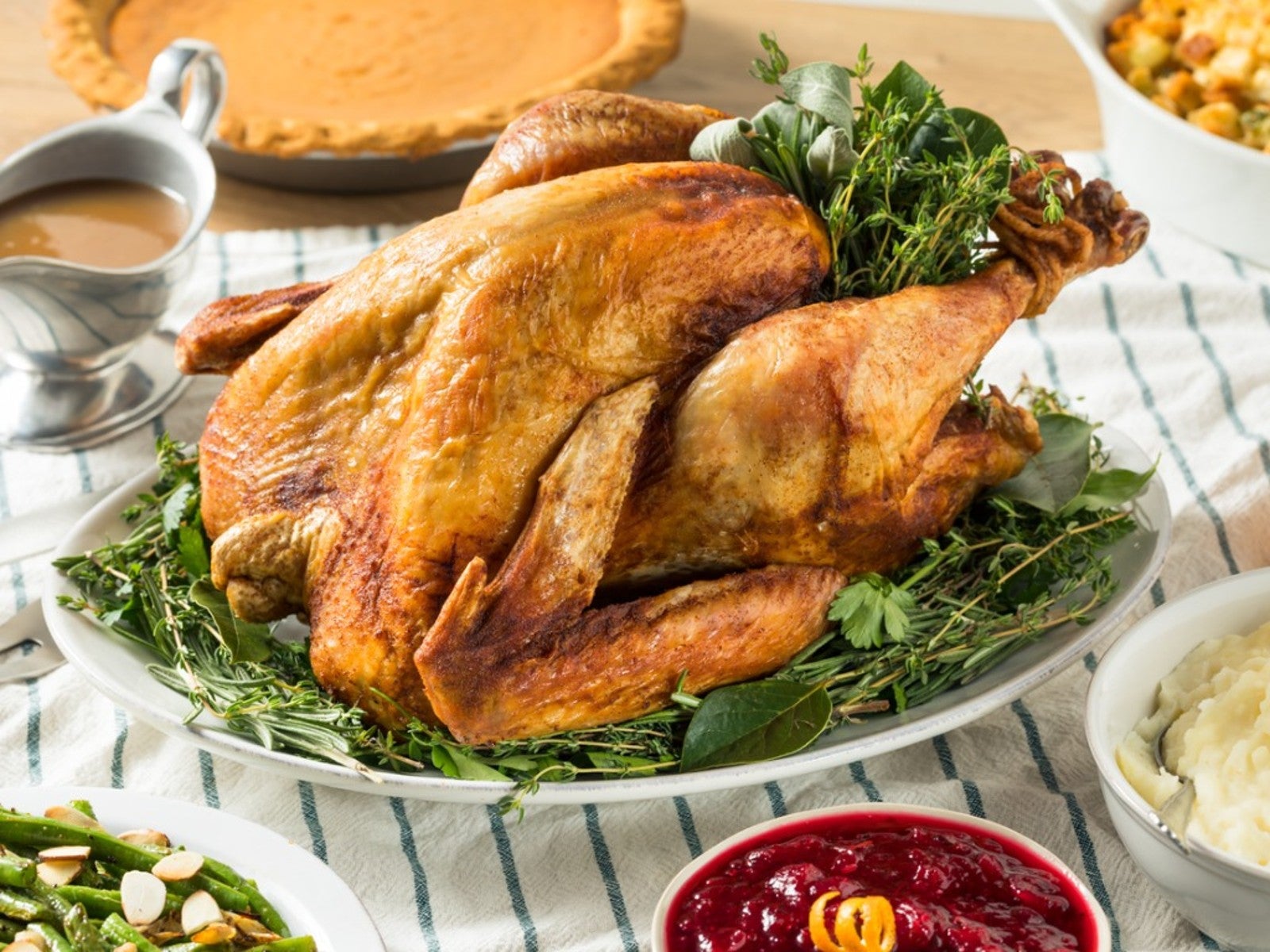 Grow Tasty Herbs For Roast Turkey In Your Garden
Grow Tasty Herbs For Roast Turkey In Your GardenCan you season your turkey with herbs you grow in your own garden? Yes! Click to learn more.
By Amy Grant
-
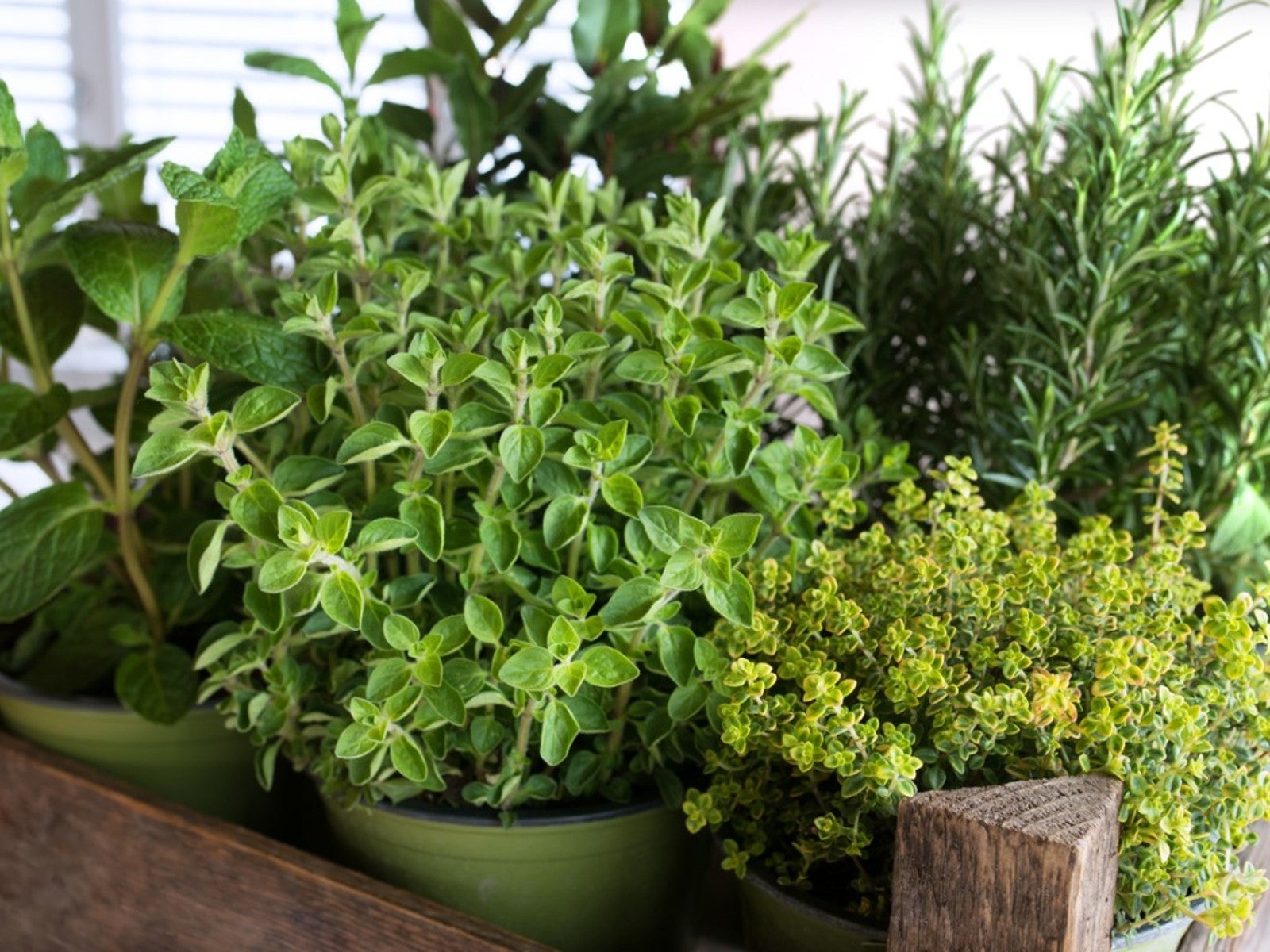 10 Easy Herbs For Beginners
10 Easy Herbs For BeginnersIf you’re new to herb growing, there are some perfect beginner herbs that are low maintenance and easy. Here are our top ten.
By Mary Ellen Ellis
-
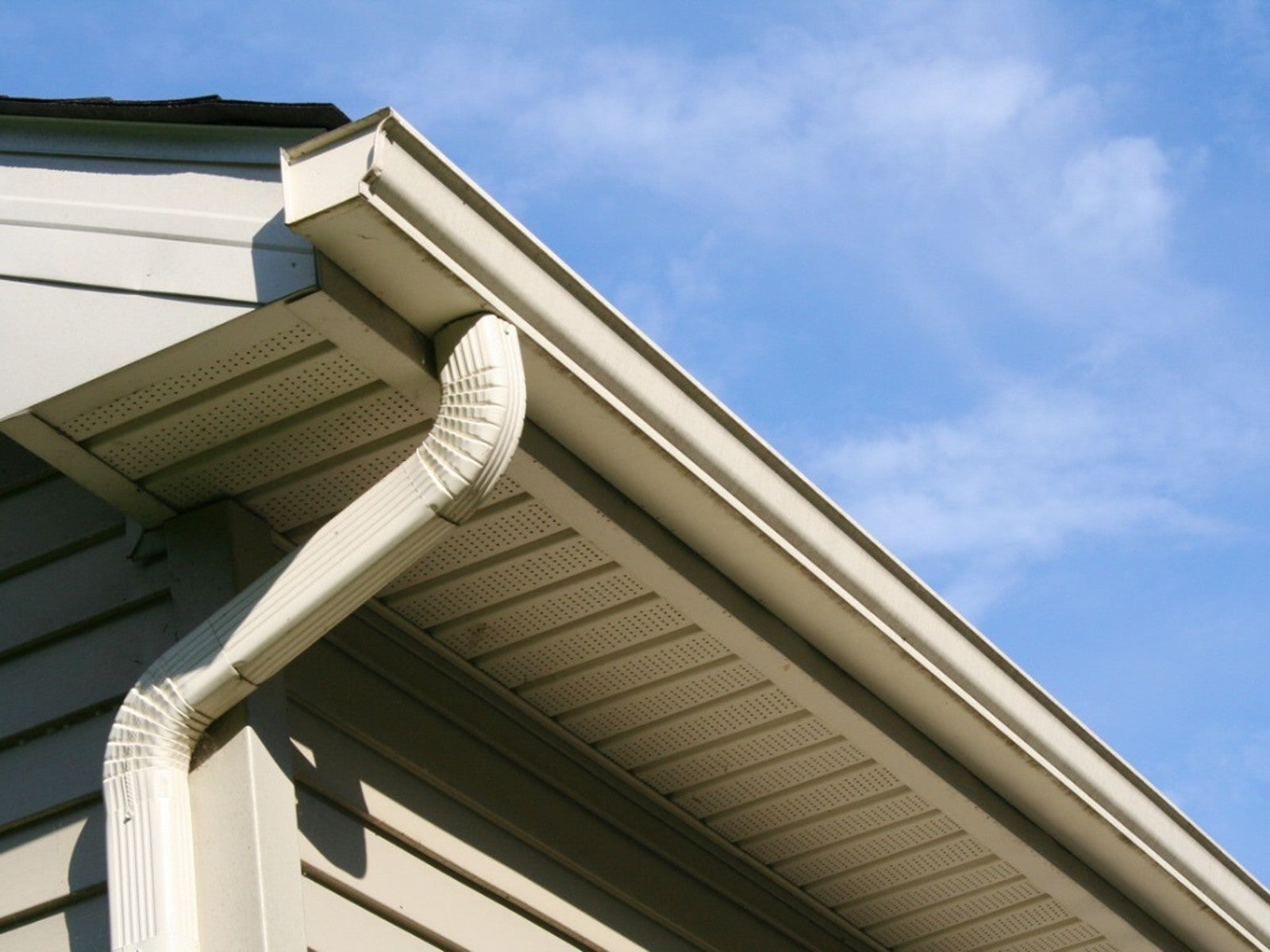 How To Make A Rain Gutter Herb Garden
How To Make A Rain Gutter Herb GardenOne really fun look outside the box is a hanging rain gutter herb garden. A gutter planter is a unique way to house and showcase plants.
By Bonnie L. Grant
-
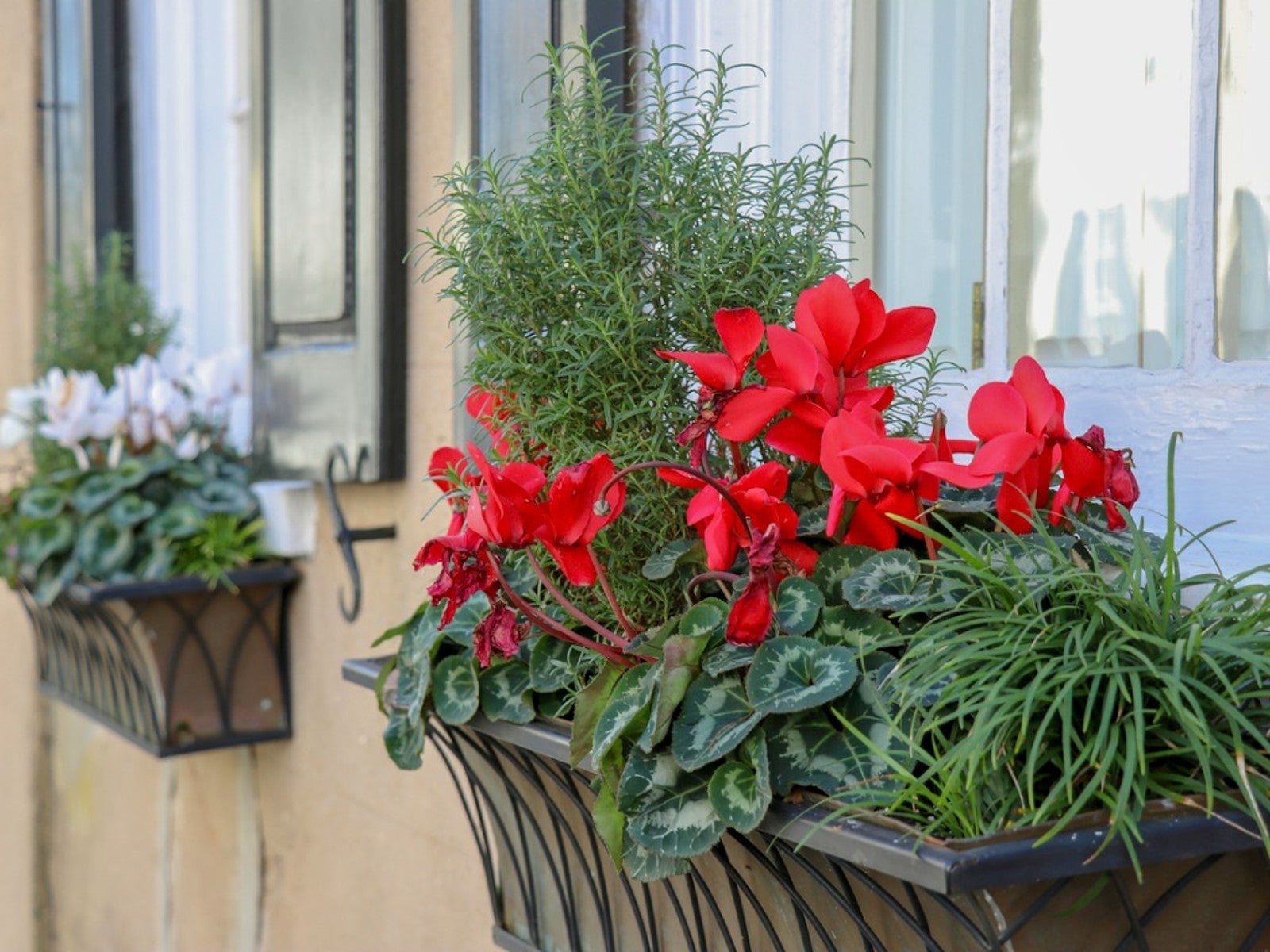 Grow A Beautiful, Edible Herb Window Box
Grow A Beautiful, Edible Herb Window BoxGrowing herbs in window boxes is a space-saving method for producing culinary ingredients for kitchen use. Click for more.
By Laura Miller
-
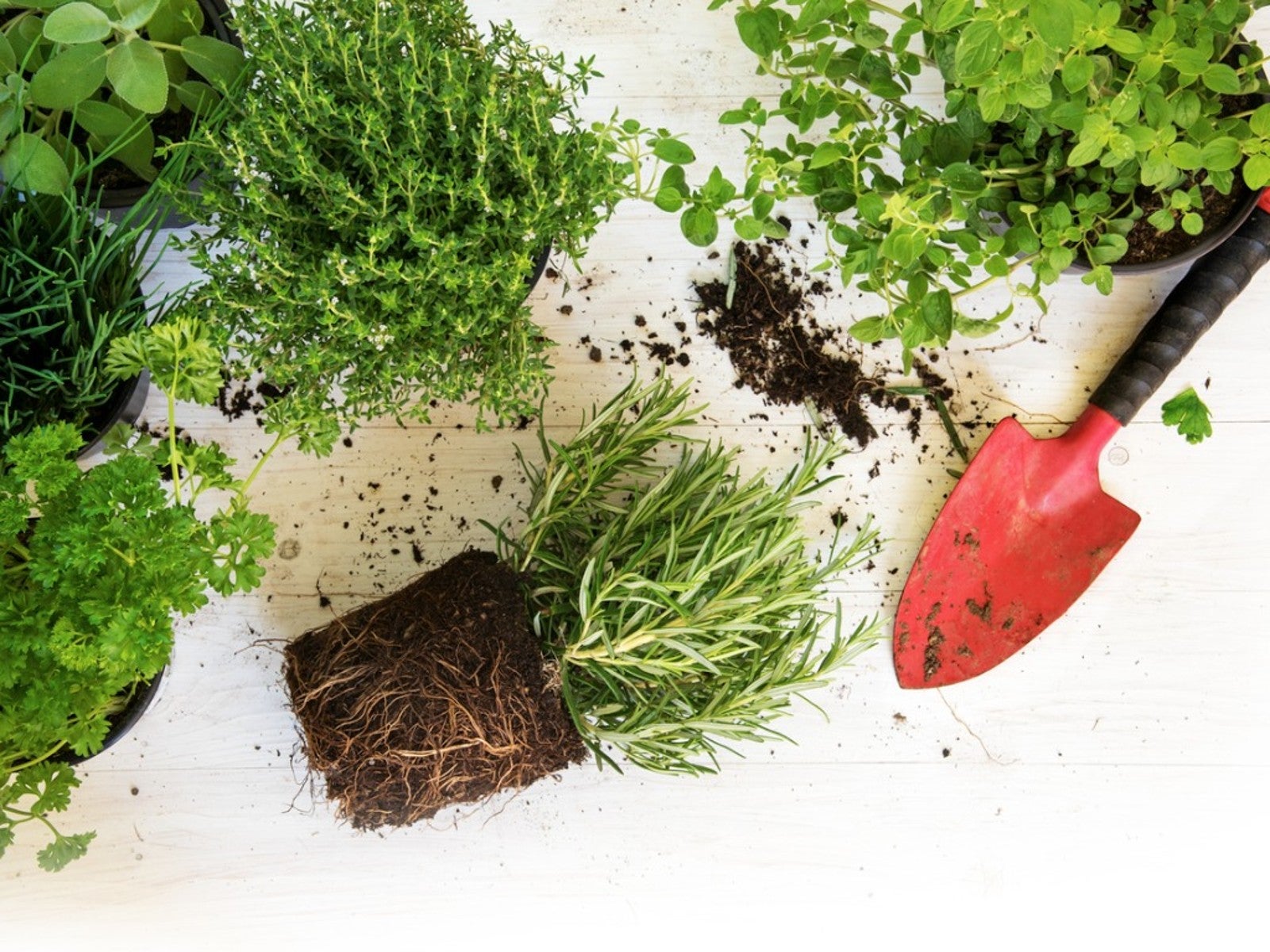 Best Herbs To Direct Sow Vs. Start Indoors
Best Herbs To Direct Sow Vs. Start IndoorsKnowing when to buy herb plants or start them from seeds or cuttings is essential to your success. Read on to learn more.
By Laura Miller
-
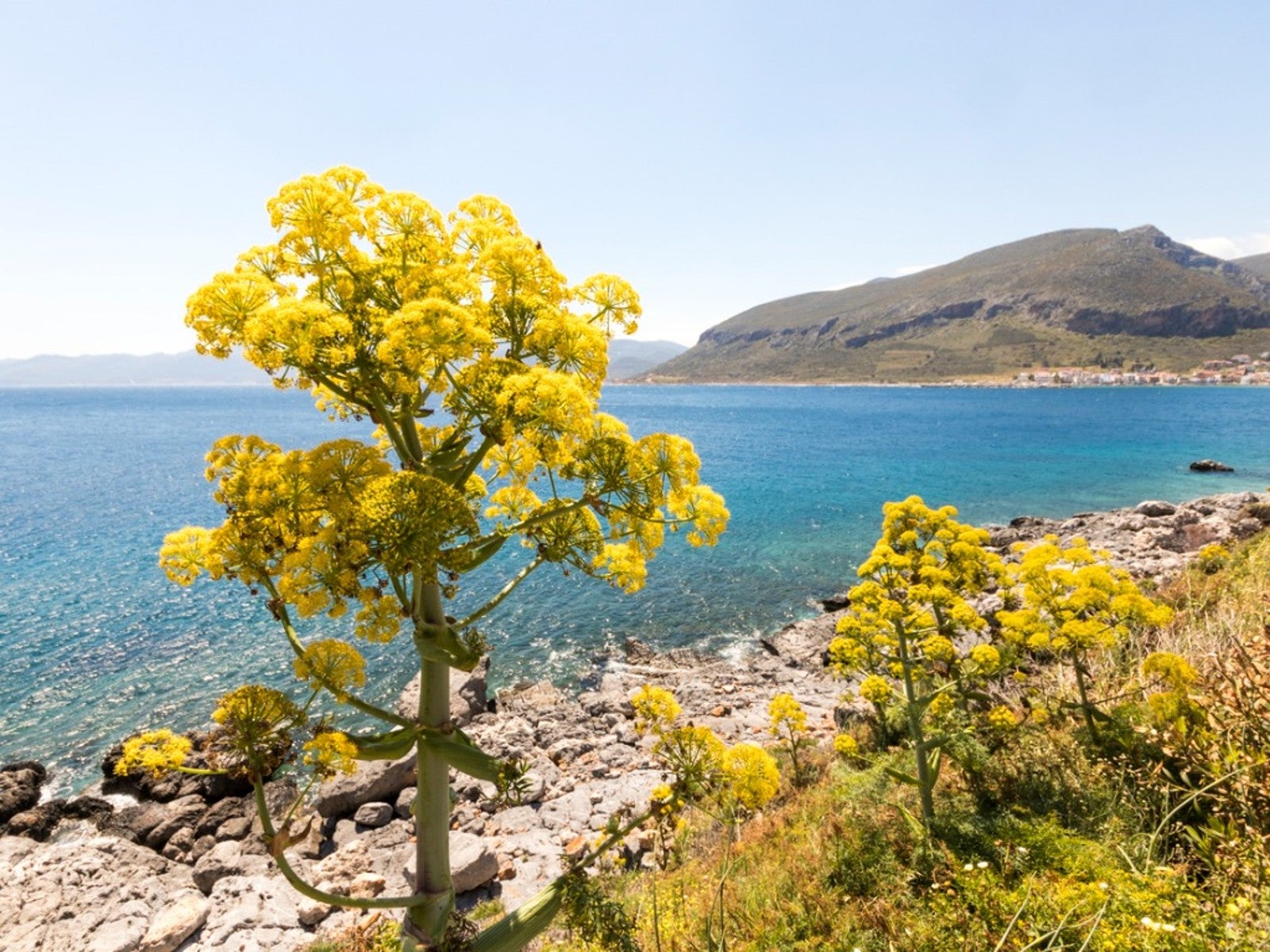 Learn About The Highly Prized Silphium Herb
Learn About The Highly Prized Silphium HerbWhat if there was a perfect plant? In ancient times such a treasure existed. It was the silphium plant.
By Laura Miller
-
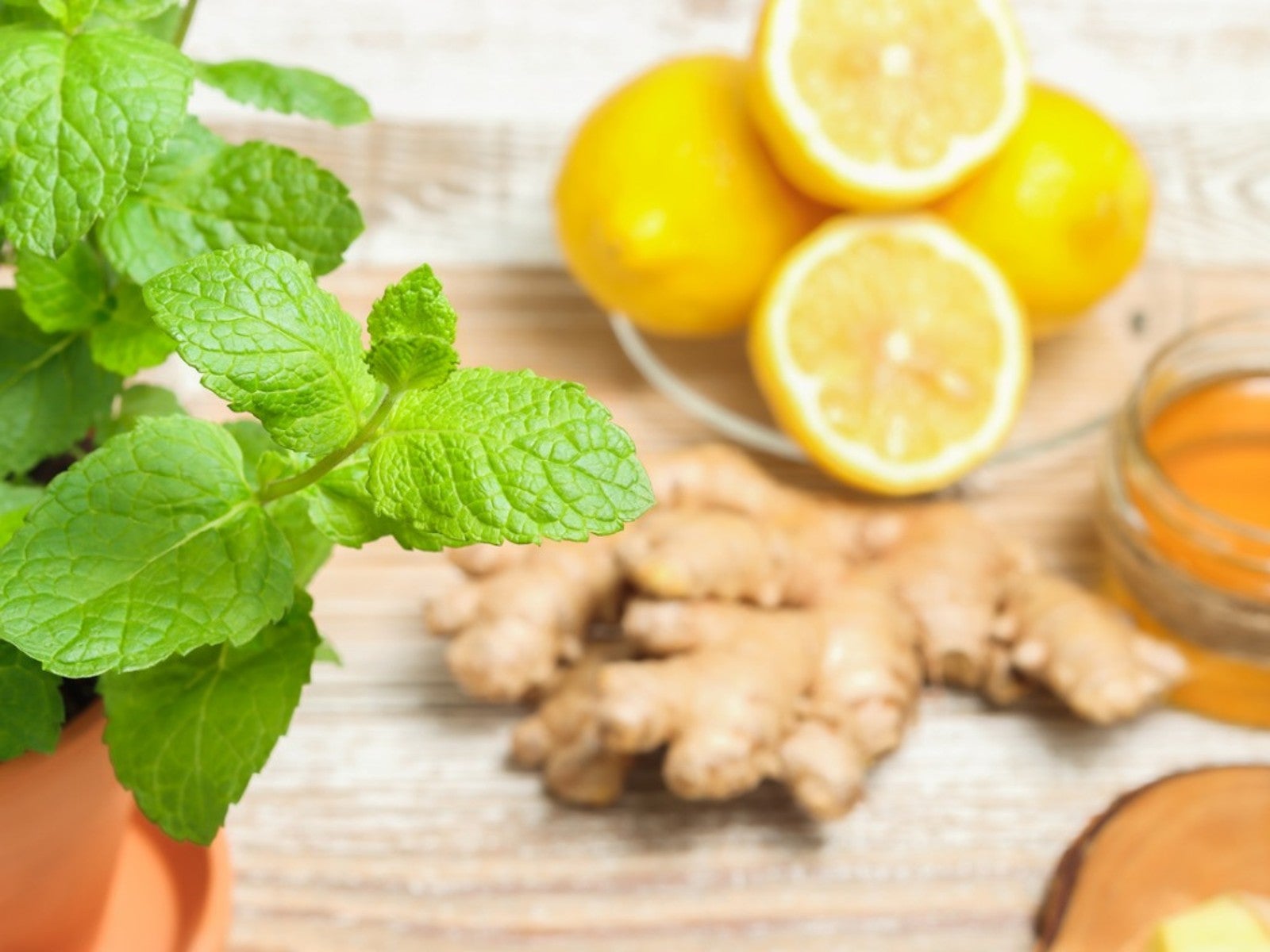 Grow Healing Herbs Indoors: Combat Winter Illness With A Medicinal Garden
Grow Healing Herbs Indoors: Combat Winter Illness With A Medicinal GardenIf you are growing medicinal plants at home, did you know you also can grow an indoor medicinal herb garden? Read on for more.
By Susan Albert
-
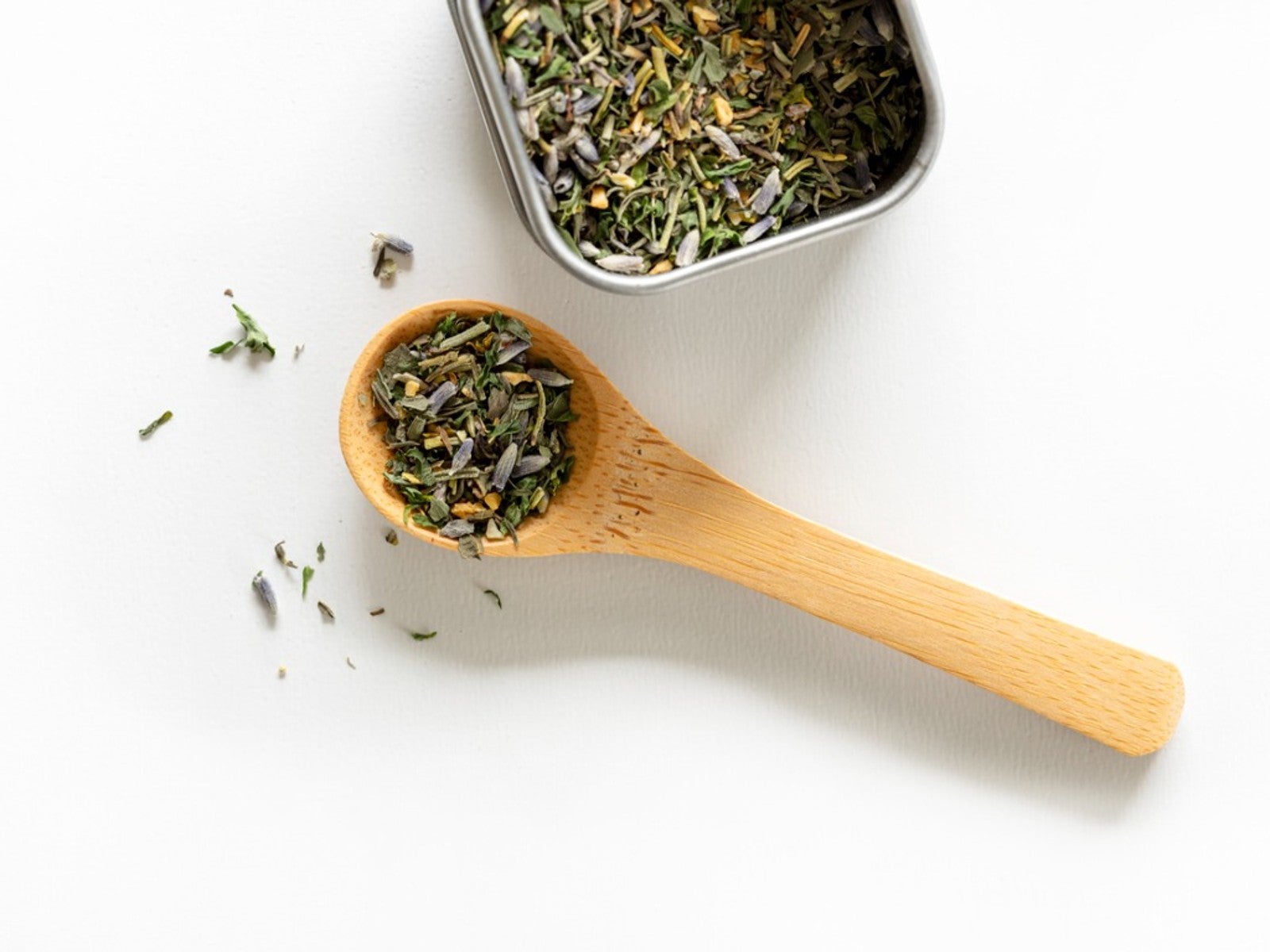 Grow Your Own Herbes De Provence - How To Grow, Dry, And Store Herbs
Grow Your Own Herbes De Provence - How To Grow, Dry, And Store HerbsHomemade gifts can add that special touch to any occasion, such as a jar of herbes de provence. Click here to learn how to grow and make your own for gifting.
By Laura Miller